Understanding How to Renew Domain Name: 3 Methods
Did you know that failing to renew your domain name can lead to significant consequences for your online presence? Studies show that a staggering 75% of businesses lose website traffic and potential customers when their domain name expires. This is a statistic that highlights the importance of understanding the domain renewal process and finding the best way to renew your domain name.
A domain name serves as the address of your website, and without it, your online business could suffer. In this article, I will guide you through the domain renewal options and explain the domain life cycle, enabling you to make informed decisions about renewing your domain name. With the right knowledge and strategies, you can maintain an active online presence and avoid any disruptions to your website.
So, let’s dive into the details and explore the domain name renewal process together.
Key Takeaways:
- Failure to renew a domain name can result in loss of website traffic and potential customers.
- Understanding the domain life cycle is crucial for renewing your domain name at the right time.
- There are three methods to renew your domain name at Hostinger: auto-renewal, renewal through the hPanel, and renewal of expired domains.
- Managing domain renewals involves keeping track of expiration dates, enabling auto-renewal, and updating payment information.
- Renewing your domain name while it is still active is advisable to avoid interruptions in website accessibility.
Why Renew a Domain Name
Renewing a domain name is crucial to maintain an active online presence. Domain names have a limited lifespan, typically ranging from one to ten years, depending on the registration and registrar. If a domain name is not renewed before its expiration date, it will cease to function, along with all associated services like websites and emails.
Let’s explore the consequences of not renewing a domain name:
- Loss of Existing and Potential Customers: When a domain name expires, your website becomes inaccessible, leading to the loss of existing customers who may rely on your online platforms to make purchases or access information. Additionally, potential customers who attempt to visit your website will be met with an error message, hindering their ability to engage with your brand.
- Damage to Business Reputation: An expired domain name can harm your business reputation, creating an impression of unprofessionalism and unreliability. Customers may perceive your brand as careless or disengaged, potentially leading them to seek alternatives.
- Opportunity for Competitors: If you fail to renew your domain name promptly, it becomes available for others to register. This presents a significant risk, as competitors may seize the opportunity to register a domain that closely resembles yours, diverting traffic and potential customers from your business.
To avoid these negative outcomes and maintain a strong online presence, regular domain name renewal is essential. By renewing your domain name on time, you can ensure continuous accessibility, retain your customer base, and protect your brand reputation.
Now that we understand why domain name renewal is crucial, let’s explore the different stages of the domain life cycle in the next section.
| Consequences of Not Renewing a Domain Name | Solutions |
|---|---|
| Loss of existing and potential customers | Timely domain name renewal |
| Damage to business reputation | Protect brand image through domain renewal |
| Opportunity for competitors | Prompt domain name renewal to prevent domain hijacking |
Understanding the Domain Life Cycle
The domain life cycle is a crucial aspect of managing and renewing your domain name. It consists of five stages: available, active, grace period, redemption period, and pending delete. Let’s explore each stage in detail:
- Available: In this stage, a domain name has not been registered yet. It is important to note that available domains can be registered by anyone, so it’s essential to act quickly if you have a specific domain in mind.
- Active: Once a domain name is registered, it enters the active stage. The duration of the active stage can range from one to ten years, depending on the registration and top-level domain (TLD) that you choose. During this stage, you have full control over the domain and can utilize it for your website or email services.
- Grace Period: After the active stage, the domain enters the grace period. This period provides an opportunity for domain renewal without incurring any additional fees. The grace period typically lasts for a certain number of days, depending on the registrar and the TLD.
- Redemption Period: If a domain is not renewed during the grace period, it enters the redemption period. During this stage, the domain can still be renewed, but an additional fee may be required. The redemption period gives the registrar the option to reclaim the domain and prevent it from becoming available to others.
- Pending Delete: If a domain is not renewed during the redemption period, it enters the pending delete stage. In this stage, the domain cannot be renewed, and it becomes available for others to purchase. Once the pending delete stage is complete, the domain will be released and can be registered by anyone.
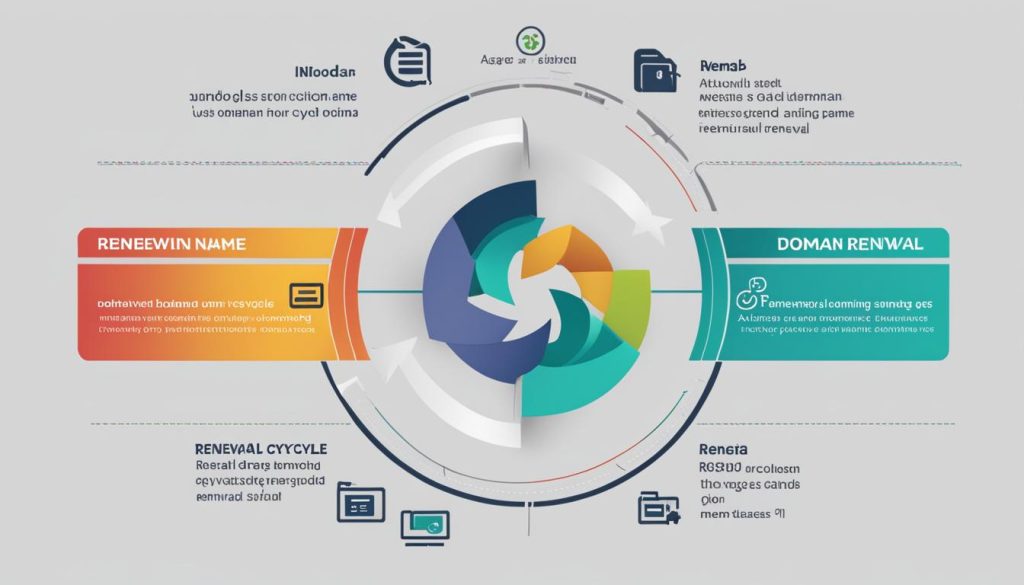
How to Renew a Domain Name at Hostinger
When it comes to renewing your domain name, Hostinger offers three convenient options to ensure a seamless process. To avoid any interruptions to your website’s service, I recommend activating the auto-renewal feature. This way, your domain name will be renewed automatically, and you won’t have to worry about manually renewing it.
If you prefer to renew your domain manually, you can do so through the hPanel, Hostinger’s user-friendly control panel. Simply follow these steps:
- Navigate to the Billing page in the hPanel.
- Select the Services tab.
- Locate the domain you wish to renew in the list.
- Click on the Renew button next to the domain.
- Complete the payment process to renew your domain name.
It’s important to note that the renewal process for an expired domain depends on its status, whether it is in the grace period or redemption period. You can check the status of your domain in the Domains section of the hPanel. If your domain is still in the grace period, you can renew it by clicking on the Renew button. However, if it has entered the redemption period, you will need to click on the Restore button to initiate the renewal process.
Remember, to avoid any downtime or additional fees, it is crucial to enable the auto-renew feature for your domain name. This ensures that your domain is renewed automatically, saving you time and effort.
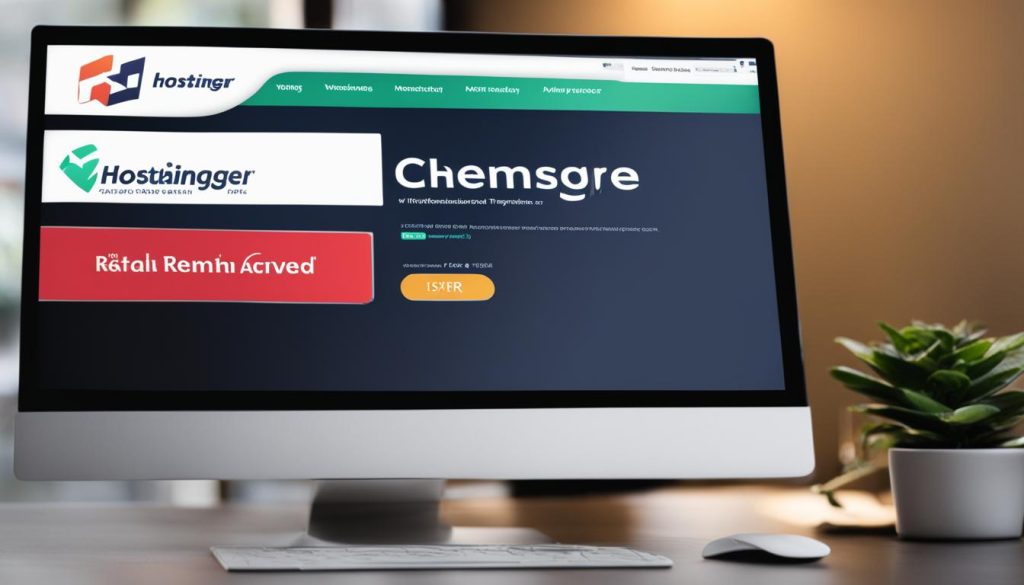
How to Manage Domain Renewals
Managing domain renewals is vital for maintaining an active online presence. To ensure a seamless renewal process, I recommend staying informed about your domain’s expiration date and taking advantage of the auto-renewal feature. By enabling auto-renewal, you can avoid any downtime or additional fees that may occur if your domain expires.
It’s also important to keep your payment method and contact information up to date in your hosting account. This ensures that you receive timely renewal reminders and notifications, allowing you to take prompt action. I recommend renewing your domain while it is still active to prevent any interruptions in website accessibility and ensure a smooth transition.
If your domain is in the grace or redemption period, it’s crucial to renew it promptly to protect it from being available for others to register. Regularly reviewing the domain management options available to you and ensuring there is a valid payment method in place will help streamline the renewal process and keep your online presence secure.
FAQ
What is a domain name?
Why is it important to renew a domain name?
What is the domain life cycle?
How can I renew a domain name at Hostinger?
How can I manage domain renewals effectively?
- How Strategic SEO Drove Growth for a CPAP E-commerce Brand - July 24, 2025
- Top 3 SEO Companies in Toronto: An Analytical Comparison - July 23, 2025
- SEO for Entry Door Services - April 24, 2025
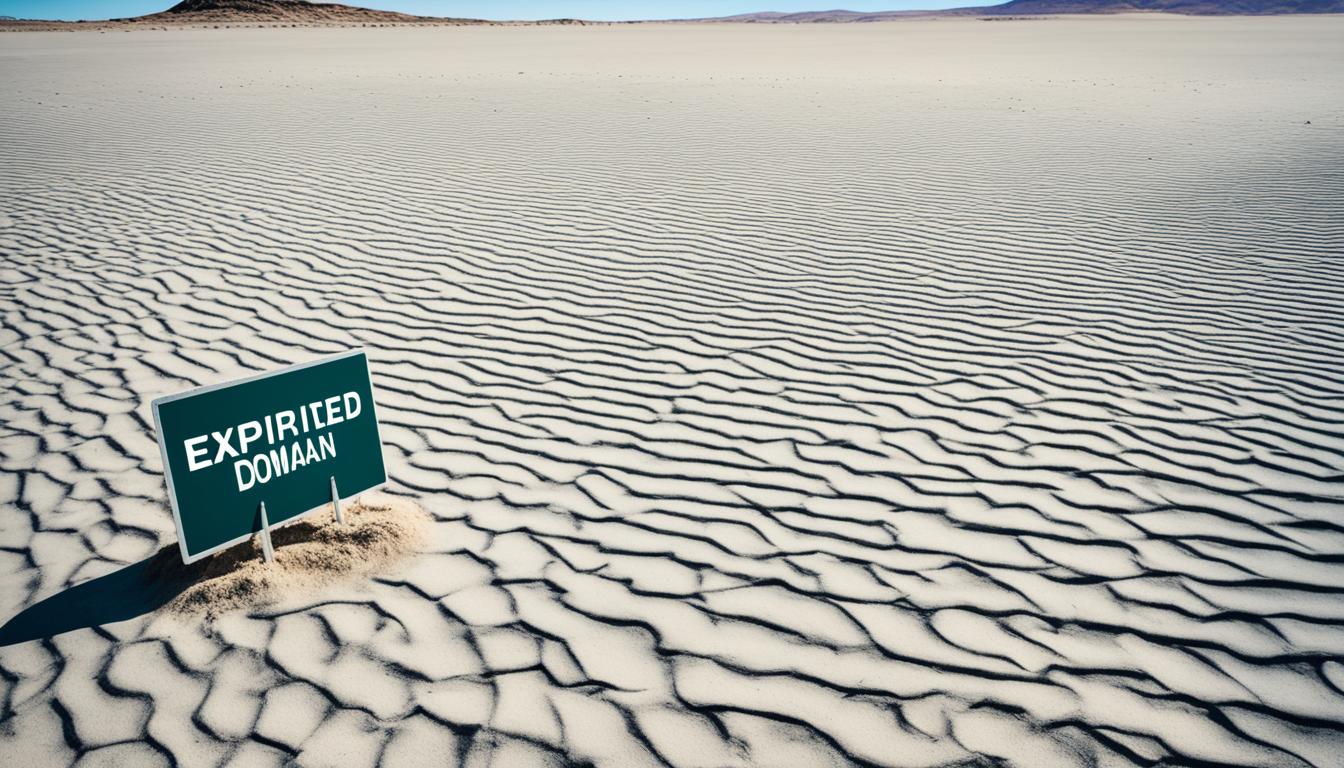

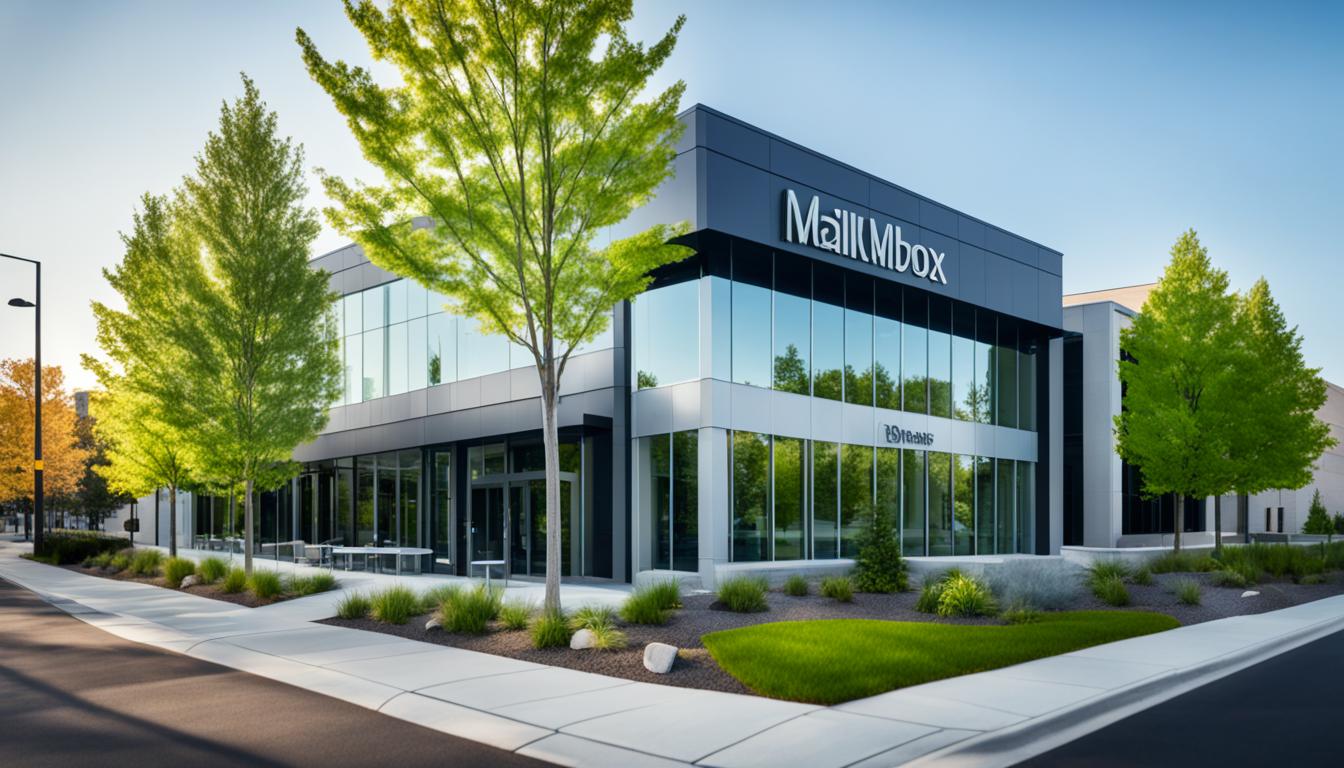



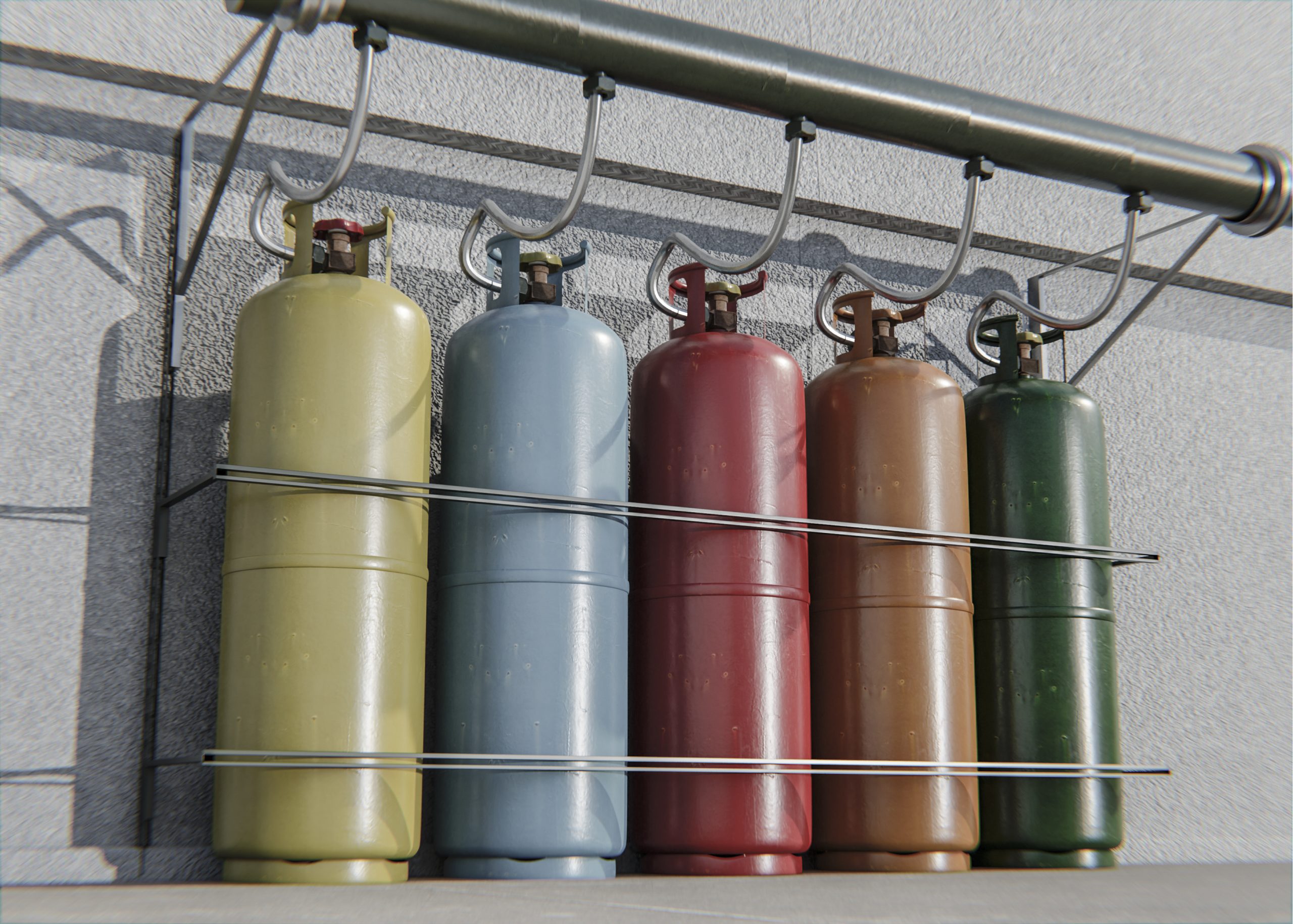














Post Comment
You must be logged in to post a comment.